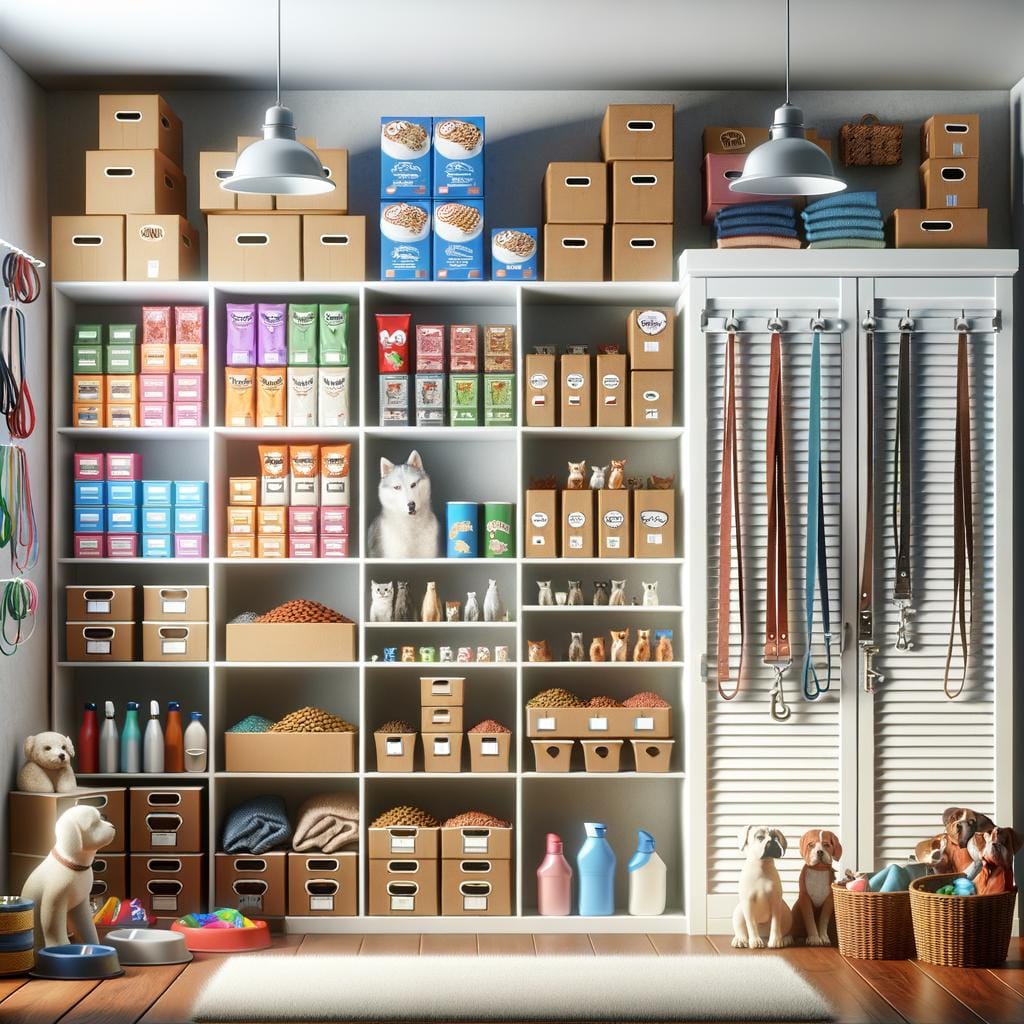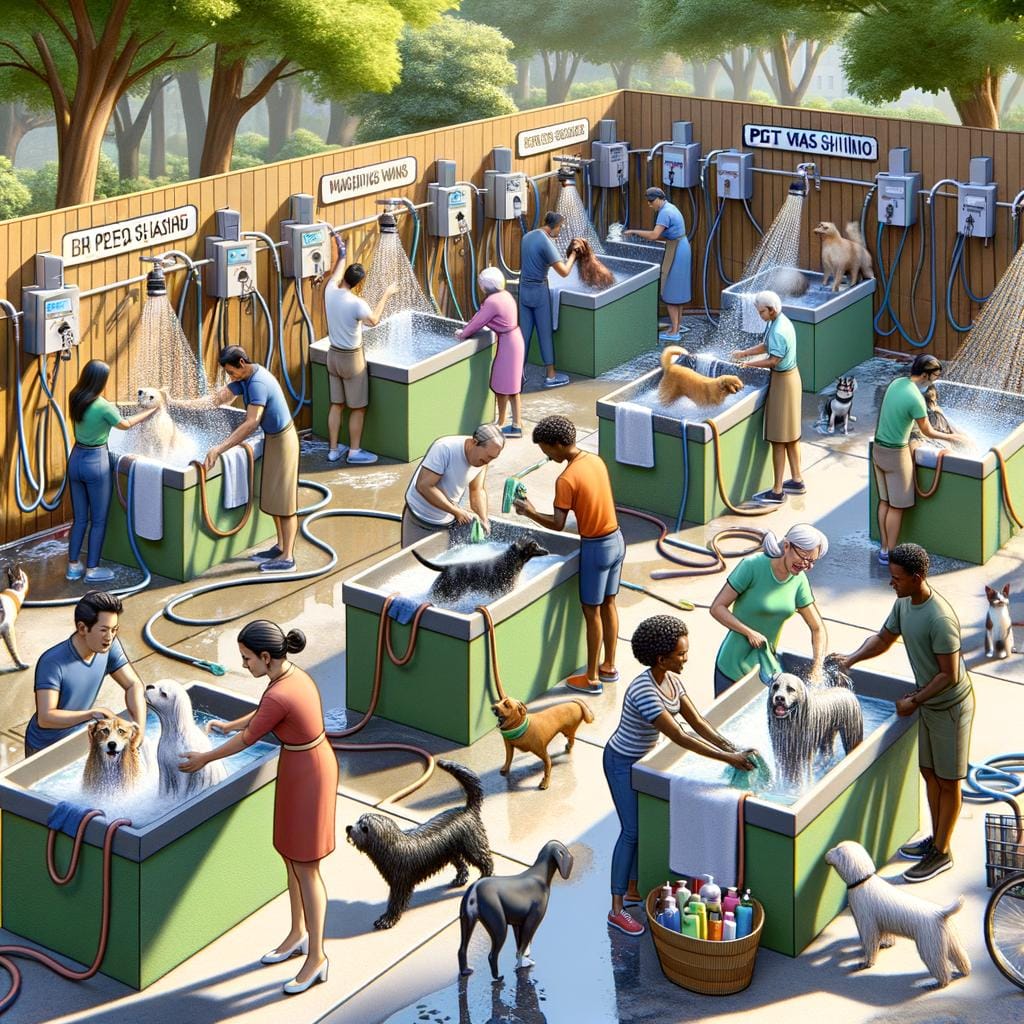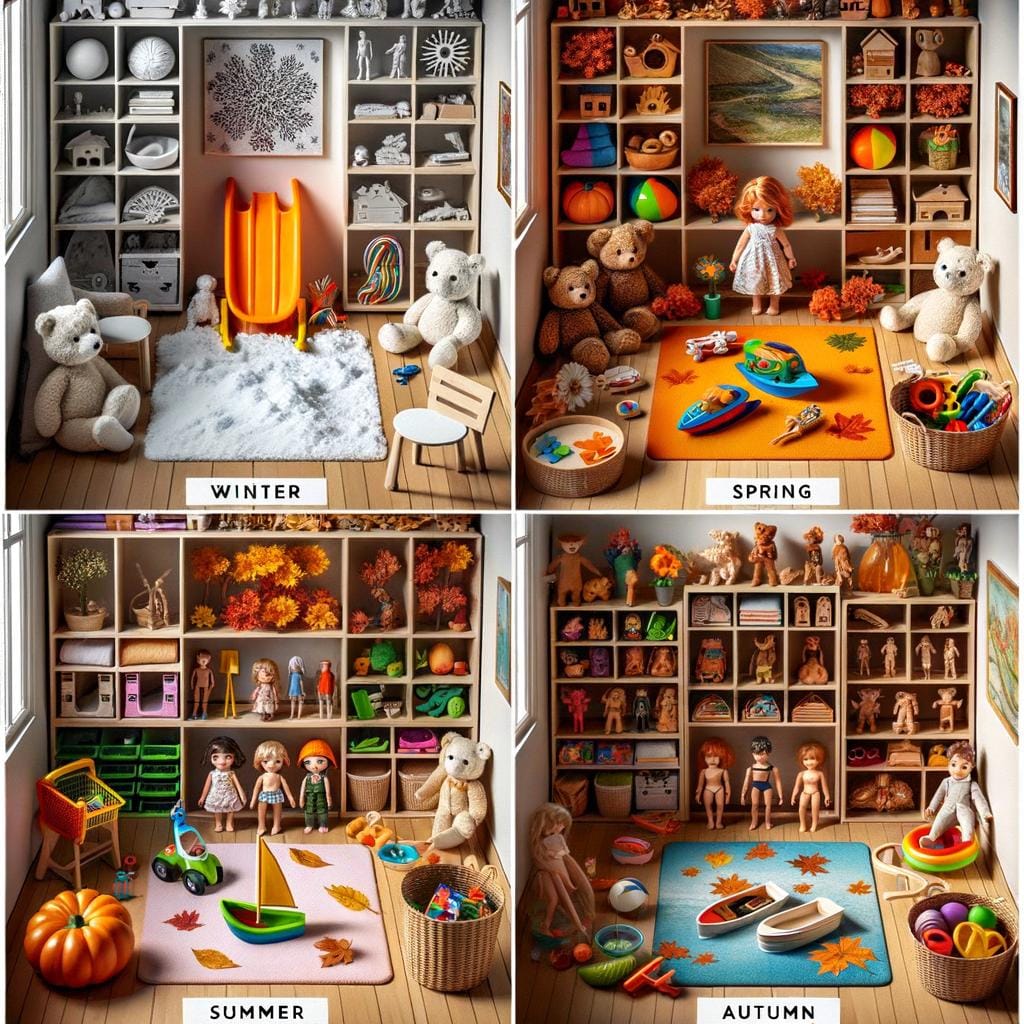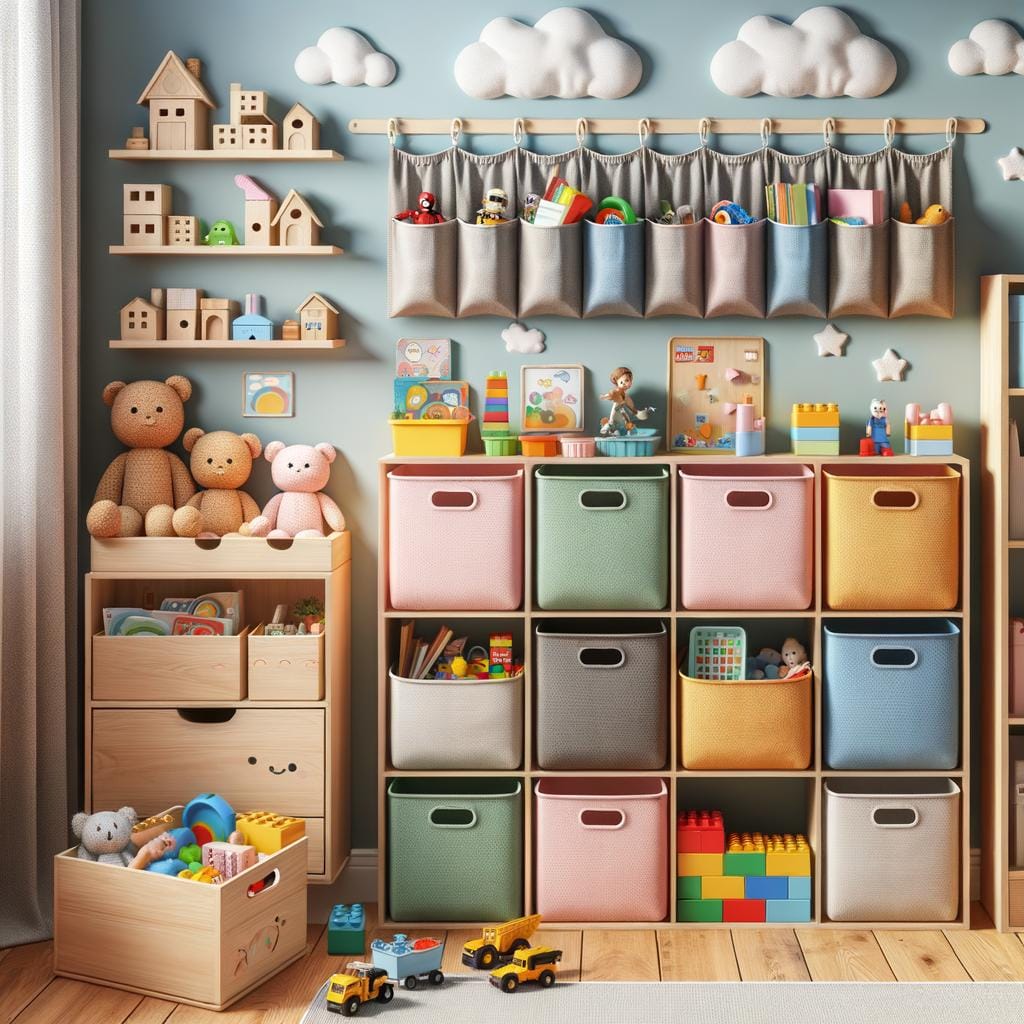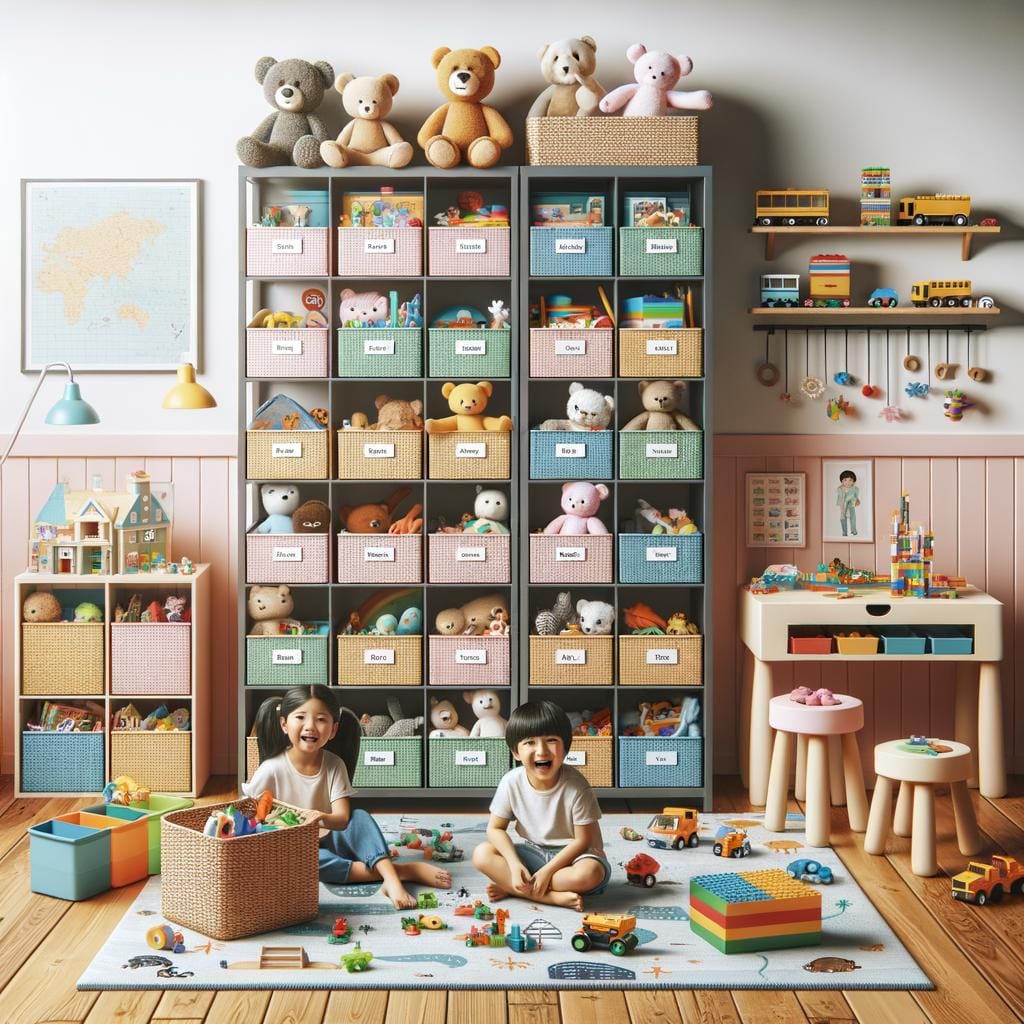Proper pet supply storage is crucial for pet owners to ensure that their furry companions have everything they need in a safe and organized manner. From food to toys to grooming supplies, having a designated storage area helps keep everything in its place and easily accessible. Not only does it benefit the pets by providing consistency and easy access to necessities, but it also benefits the owners by saving time and reducing clutter in their living spaces.
When it comes to pet supplies, there are various types that need to be stored properly to maintain their quality and usability. From perishable items like food and treats to durable goods like leashes and grooming tools, each item requires specific storage conditions to prevent spoilage or damage. By understanding the unique storage requirements of different pet supplies, owners can prolong the lifespan of these items and ensure that their pets always have what they need on hand.
Unfortunately, many pet owners make common mistakes when it comes to storing their pet supplies, such as neglecting proper labeling, using inadequate containers, or allowing clutter to accumulate. In the upcoming sections of this article, we will address these common pitfalls and provide practical tips on how to effectively organize and store your pet supplies for maximum convenience and efficiency.
Whether you have a small apartment or a spacious home, implementing proper pet supply storage solutions can make a significant difference in both your daily routine and your pet’s well-being.
Types of Pet Supplies
Pet supplies come in a variety of forms and categories, all essential for the health and well-being of our furry friends. It is crucial to store these supplies properly to ensure they remain in good condition and easily accessible when needed. Here are some of the different types of pet supplies that need to be stored properly:
- Food and Treats: Whether it’s dry kibble, wet food, or tasty treats, storing pet food properly is essential to maintain freshness and prevent pests.
- Medications and Supplements: Prescription medications, vitamins, or supplements should be kept in a secure place away from pets and children.
- Grooming Supplies: Brushes, shampoos, nail clippers, and other grooming tools should be organized to make grooming sessions stress-free for both pets and owners.
- Toys and Accessories: Toys, leashes, collars, bedding, and other accessories should be stored neatly to prevent clutter and ensure easy access when needed.
Proper storage of these various pet supplies not only promotes organization but also ensures that your pets receive the best care possible. By keeping items like food fresh, medications secure, toys accessible, you can create a stress-free environment for both you and your pet.
Keeping track of inventory levels is also important when it comes to pet supply storage. This allows pet owners to replenish items before running out while also preventing clutter from overstocking. Creating a designated storage area for each type of supply can help streamline the process of finding what you need quickly.
Lastly, regular maintenance of your pet supply storage area is key to ensuring everything remains clean and pest-free. By routinely checking for expired items or damaged supplies, you can ensure that your furry companion has everything they need at their paw-tips.
Common Mistakes in Pet Supply Storage
Overcrowding Storage Spaces
One of the most common mistakes pet owners make when it comes to pet supply storage is overcrowding storage spaces. It can be tempting to cram all your pet supplies into a small cabinet or closet to save space, but this can actually lead to several issues.
Overcrowded storage areas make it difficult to find items quickly, increasing the risk of items getting lost or forgotten. It can also create an unsanitary environment, as lack of airflow can lead to mold and mildew growth on supplies.
Not Properly Sealing Food and Treats
Another frequent mistake is not properly sealing pet food and treats before storing them. When opened bags of food or treats are left unsealed, they are exposed to air and moisture, which can cause them to spoil more quickly.
This not only wastes money but also puts your pets at risk of consuming spoiled food that could make them sick. Investing in airtight containers or resealable bags specifically designed for pet food can help extend their shelf life and keep them fresh longer.
Neglecting Regular Cleaning and Inspections
Many pet owners forget the importance of regularly cleaning and inspecting their pet supply storage area. Over time, dust, hair, or spilled food can accumulate in storage containers or on shelves, creating an unhygienic environment for both pets and humans.
Additionally, old or expired items may be forgotten in the back of cabinets or closets, taking up unnecessary space and potentially attracting pests. Setting aside time every few months to deep clean and declutter your pet supply storage area will ensure everything stays organized, clean, and safe for your furry friends.
Remember that proper pet supply storage not only benefits you by keeping things organized but also ensures the safety and well-being of your beloved pets. Avoiding these common mistakes will help you maintain a functional and efficient storage system that benefits everyone in the household.
Organizing Pet Supplies
Effective organization of pet supplies is essential not only for maintaining a clean and tidy space but also for ensuring that items are easily accessible when needed. By implementing some simple tips and tricks, pet owners can streamline their pet supply storage process and create a more efficient system that benefits both pets and owners.
Grouping Similar Items Together
One effective strategy for organizing pet supplies is to group similar items together. For example, all grooming supplies such as brushes, shampoos, and nail clippers can be stored in one designated area. By keeping related items together, it becomes easier to locate specific items when needed without having to rummage through different containers or shelves.
Utilizing Storage Bins and Containers
Investing in storage bins and containers can help keep pet supplies organized and prevent clutter. Consider using clear bins or containers so that the contents are easily visible. Label each bin with the specific category of items it contains to further streamline the organization process. Stackable bins can also help maximize vertical space and make the most of limited storage areas.
Creating a Pet Supply Station
Designating a specific area in your home as a “pet supply station” can make it easier to access frequently used items. This station can include essentials such as food bowls, leashes, collars, and toys within arm’s reach. By centralizing these items in one location, pet owners can save time searching for supplies throughout the house. Consider incorporating hooks or shelves for hanging leashes and organizing smaller accessories.
By implementing these tips for organizing pet supplies efficiently, pet owners can create a well-structured system that not only makes their lives easier but also ensures that their furry companions have everything they need readily available. Proper
Choosing the Right Storage Solutions
Proper storage of pet supplies is essential for maintaining a organized and tidy living space for both pets and their owners. By choosing the right storage solutions, pet owners can easily access their supplies when needed, keep them in good condition, and prevent clutter in their homes. In this section, we will discuss different types of storage options such as bins, containers, shelves, and cabinets that are specifically designed for storing pet supplies.
When it comes to choosing the right storage solutions for pet supplies, there are several factors to consider such as the type of supplies you have, the amount of space available, and your budget. Here are some options to consider:
- Bins: Plastic bins with lids are excellent for storing dry food, treats, toys, and grooming tools. Make sure they are airtight to keep food fresh and protect from pests.
- Containers: Transparent containers are ideal for storing smaller items like cat litter or bird seed so that you can easily see when you need to restock. Consider stackable containers to save space.
- Shelves: Wall-mounted shelves can be used to store items like leashes, harnesses, and clothing accessories. They also serve as a decorative element in your pet’s living area.
- Cabinets: Cabinets with adjustable shelves provide versatile storage options for various pet supplies including medications, grooming products, and cleaning supplies. Consider including lockable cabinets if you have curious pets or young children
Choosing the right storage solutions not only helps in keeping your pet supplies organized but also ensures safety by keeping hazardous substances out of reach of pets. Selecting the appropriate storage option based on your needs will help create a functional and visually appealing space dedicated to your beloved furry friends’ necessities. Take into account the dimensions of your space and the quantity of items needing stored when selecting what works best for you regarding pet supply storage solutions.
DIY Pet Supply Storage Ideas
When it comes to storing your pet supplies, getting creative with do-it-yourself (DIY) solutions can not only save you money but also add a personal touch to your storage area. One popular DIY idea is repurposing old furniture to create unique storage units for your pet’s belongings.
An old dresser or cabinet can easily be transformed into a stylish and functional storage space for pet food, toys, grooming tools, and more. By adding some paint or decorative elements, you can customize the piece to fit seamlessly into your home decor.
Another budget-friendly DIY pet supply storage solution is using mason jars or clear containers to neatly store small items such as treats, grooming accessories, or medications. Labeling these containers can further enhance organization and make it easy to locate specific items when needed. Additionally, repurposing old cardboard boxes or crates by decorating them with colorful contact paper or fabric can provide inexpensive yet practical storage options for larger items like blankets, leashes, or bulky toys.
For those who enjoy crafting, creating personalized storage bins using materials like sturdy fabric, cardboard tubes, or even recycled plastic bottles can be a fun project that also helps keep your pet supplies organized. These homemade bins can be customized in size and design to suit your specific needs and add a touch of creativity to your storage area.
By utilizing these DIY pet supply storage ideas, you can not only save money but also showcase your creativity while maintaining an organized space for your furry friends’ essentials.
| DIY Idea | Description |
|---|---|
| Repurpose Old Furniture | Transform old dressers or cabinets into stylish pet supply storage units |
| Use Mason Jars/Clear Containers | Neatly store small items like treats and grooming tools in labeled containers |
| Create Personalized Storage Bins | Craft custom-sized bins using fabric, cardboard tubes, or recycled materials for a personalized touch |
Outdoor Pet Supply Storage
When it comes to storing pet supplies outdoors, pet owners face a unique set of challenges. Exposure to the elements such as rain, sunlight, and extreme temperatures can damage the quality of pet food, medications, and other supplies. It is essential to protect these items from moisture, pests, and UV rays to ensure their efficacy and safety for your pets. Additionally, outdoor storage requires extra precautions to prevent contamination or spoilage.
One of the key solutions for outdoor pet supply storage is investing in durable, weatherproof containers or bins. These containers should be able to withstand harsh weather conditions and provide a secure seal to keep out moisture and pests. Consider using containers made of plastic or metal that are specifically designed for outdoor use. Additionally, placing these containers on elevated surfaces or using raised platforms can prevent water damage and pest infiltration.
Proper ventilation is another crucial aspect of outdoor pet supply storage. Ensuring that air can circulate around the stored items will help prevent mold or mildew growth. Avoid storing pet supplies in airtight containers as this can trap humidity and lead to deterioration.
If possible, choose a shaded spot for outdoor storage to minimize exposure to direct sunlight. Regularly inspecting the storage area for any signs of damage or contamination is also important in maintaining the quality of your pet supplies over time.
| Challenges | Solutions |
|---|---|
| Exposure to elements | Invest in weatherproof containers |
| Pest infiltration | Use raised platforms or elevated surfaces |
| Mold/mildew growth | Ensure proper ventilation |
Importance of Proper Labeling
Proper labeling of pet supplies is crucial in ensuring easy access and organization. By clearly labeling pet supplies, pet owners can quickly locate the items they need without having to rummage through bins or containers. This not only saves time but also minimizes the stress and frustration that can arise from disorganized storage areas. Additionally, proper labeling can help prevent mix-ups between similar-looking items, such as different types of pet food or medications.
One of the most effective ways to label pet supplies is by using clear, easy-to-read labels that include the name of the item, expiration date (if applicable), and any special instructions or information. Labels should be placed prominently on each item or container so that they are visible at a glance.
It is also helpful to categorize and group similar items together and label each category accordingly. For example, a designated shelf for grooming supplies can be labeled “Grooming Essentials” for quick identification.
Furthermore, incorporating color-coded labels can further streamline the organization process. Assigning specific colors to different types of pet supplies or categories can make it even easier to distinguish between items at a quick glance. For example, all feeding-related items could have red labels, while health and grooming products could have blue labels.
Implementing a consistent color-coding system throughout the storage area can greatly enhance efficiency and reduce confusion when retrieving pet supplies. Proper labeling is an essential component of maintaining a tidy and well-organized pet supply storage area, ultimately benefiting both pets and their owners.
Maintaining a Clean and Tidy Storage Area
Proper pet supply storage is essential not only for the well-being of your furry friends but also for maintaining a clutter-free and organized living space. One crucial aspect of ensuring that your pet supply storage area remains clean and tidy is regular maintenance.
Regularly going through your pet supplies, checking for expired food or medications, and disposing of any items that are no longer needed can help prevent overcrowding and ensure that you have ample space to store necessary supplies.
In addition to regular maintenance, keeping the pet supply storage area organized is key to easily locating items when needed. Consider investing in storage solutions such as bins, containers, shelves, or cabinets to help categorize different types of pet supplies. Labeling these storage containers can also be incredibly helpful in quickly identifying the contents inside, especially for items that may look similar at first glance.
Another important aspect of maintaining a clean and tidy pet supply storage area is keeping it free of pests. Properly sealing all pet food bags or containers can prevent pests like insects or rodents from being attracted to the area.
Additionally, regularly cleaning the storage area with pet-safe cleaning products can help deter pests and maintain a hygienic environment for both you and your pets. By following these tips and tricks for maintaining a clean and tidy pet supply storage area, you can create a safe and organized space for all your furry companions’ needs.
Conclusion
Proper pet supply storage is essential for maintaining a clean, organized, and efficient living space for both pets and their owners. By storing pet supplies correctly, not only can we ensure the longevity of the products but also create a safe environment for our furry friends. From food and toys to grooming tools and medications, there are various types of supplies that require proper storage to prevent spoilage, contamination, or accidents.
Common mistakes in pet supply storage, such as leaving bags open or storing items in areas prone to moisture or pests, can lead to wastage and potential harm to pets. By organizing pet supplies systematically and choosing the right storage solutions like bins, containers, shelves, or cabinets, pet owners can maximize space utilization and enhance convenience when accessing needed items.
Additionally, DIY pet supply storage ideas offer cost-effective alternatives for creating personalized storage solutions that cater to specific needs and preferences.
Outdoor pet supply storage presents unique challenges due to exposure to elements like sun, rain, and temperature fluctuations. Properly protecting outdoor storage units with weather-resistant materials and placing them in sheltered locations can help prolong the lifespan of stored items.
Importance of labeling cannot be overstated as it facilitates quick identification of items and aids in maintaining an orderly storage system. Ultimately, by maintaining a clean and tidy storage area free from pests through regular cleaning and monitoring, pet owners can uphold a hygienic environment for their beloved companions while maximizing the benefits of proper pet supply storage.
Frequently Asked Questions
Where Do You Keep Dog Supplies?
I keep all my dog supplies neatly organized in a designated area of my home. This includes items like toys, leashes, grooming tools, and waste bags. Having a specific spot for everything makes it easy to find what I need.
How Do You Organize Pet Food?
Organizing pet food is important to ensure freshness and prevent pests. I store dry pet food in airtight containers to maintain its quality and keep out moisture. Canned pet food is kept in a cool pantry area for easy access during meal times.
Where Is the Best Place to Store Pet Food?
The best place to store pet food is in a cool, dry area away from direct sunlight and moisture. A pantry or cupboard works well for this purpose as it provides the ideal conditions for preserving the freshness of the food. Avoid storing pet food near chemicals or cleaning products to prevent contamination.

Hello, I’m April Denton, your go-to expert for all things home decluttering and organization. With over a decade of experience helping individuals transform their living spaces into serene, clutter-free sanctuaries, I am passionate about the life-changing benefits of decluttering. My journey into the world of organization began out of necessity, juggling a busy career and a bustling household. I quickly realized that a well-organized home was the key to a more balanced, stress-free life.

